Email security is a top priority for organizations of all sizes. To ensure that your email communications are protected from spoofing and phishing attacks, it’s essential to implement DMARC (Domain-based Message Authentication, Reporting, and Conformance). In this blog post, we’ll guide you on how to perform a DMARC check using a DMARC checker tool, empowering […]
Tag: DMARC RECORD

DMARC: A Better Understanding
What is DMARC? Email communication reigns supreme, ensuring the security and authenticity of emails is of paramount importance. DMARC, short for Domain-based Message Authentication, Reporting, and Conformance, is a powerful email authentication protocol that helps organizations combat email fraud and protect their brand reputation. In this comprehensive guide, we will delve into the key aspects […]
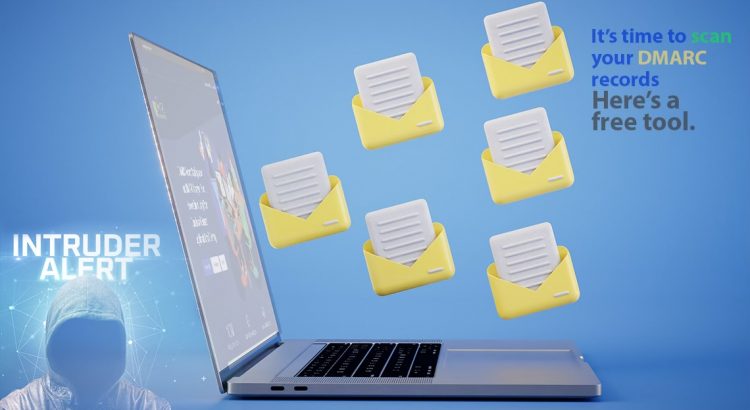
DMARC Check Tool
Check your DMARC now: Here DMARC Check Tool is a fast, easy tool to quickly check your DMARC settings. DMARC Check serves as a valuable diagnostic tool, specifically designed to analyze the DMARC Record associated with a given domain name. Its functionality includes parsing the DMARC Record, displaying it, and conducting a comprehensive set of […]
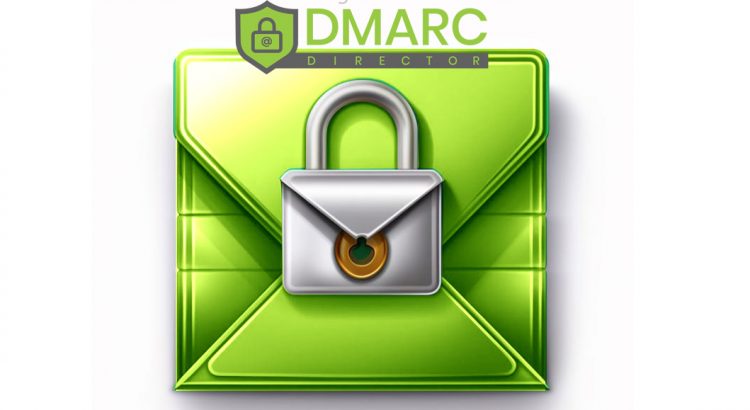
Understanding DMARC: Enhancing Email Security with DMARC Checker
In today’s digital age, email continues to be a primary communication channel for businesses and individuals alike. However, email-based cyber threats, such as phishing and spoofing attacks, pose significant risks to organizations and individuals. To combat these threats and enhance email security, protocols like DMARC (Domain-based Message Authentication, Reporting, and Conformance) have emerged. In this […]
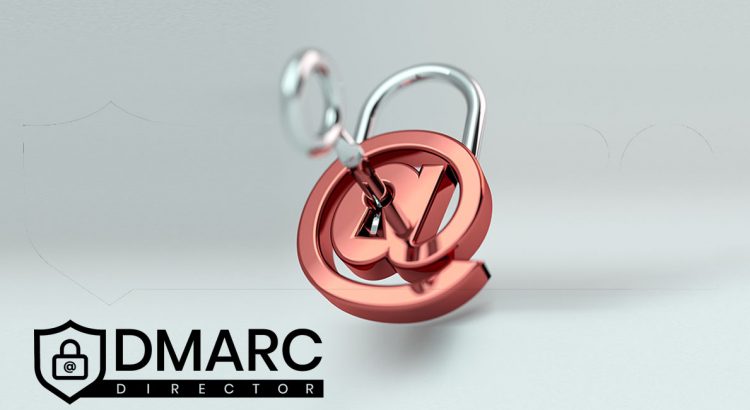
DMARC: The Ultimate Guide to Email Authentication
Email authentication is a critical aspect of email security. It helps ensure that the emails you send and receive are legitimate and not forged or spoofed. DMARC (Domain-based Message Authentication, Reporting, and Conformance) is one of the most effective email authentication protocols that organizations can implement to prevent email fraud and protect their brand reputation. In this […]
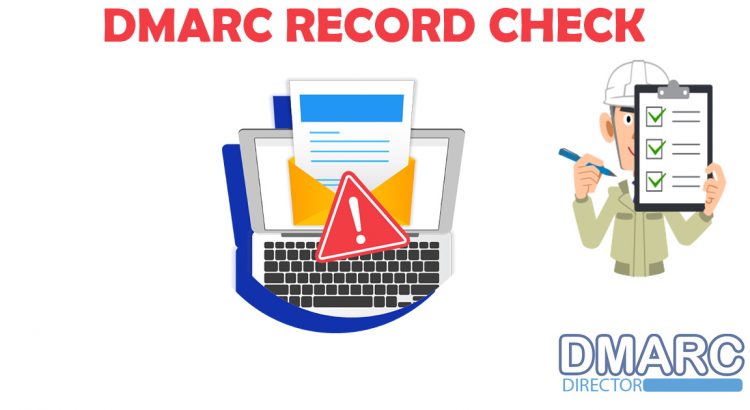
DMARC Record: A Powerful Tool to Protect Your Email Domain
Email has become an integral part of our lives, and it’s hard to imagine a world without it. However, with the convenience of email comes the challenge of securing it. Email spoofing and phishing attacks have become more sophisticated and prevalent, putting individuals and organizations at risk of data breaches and other cyber threats. Fortunately, […]

Security Assessments for Industrial and Pharmaceutical OEMs
DMARC is a security protocol that helps prevent email fraud and phishing attacks by allowing email recipients to verify that incoming messages are from an authorized sender. Enabling DMARC will stop your domain from being spoofed. It stands for Domain-based Message Authentication, Reporting, and Conformance. DMARC also enables senders to receive reports on how their […]
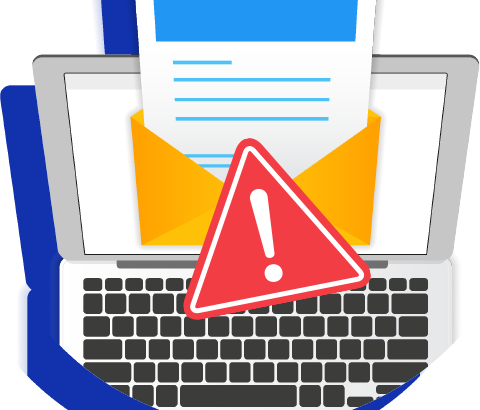
DMARC: A Simple Solution to Avoid Spam
Are you wondering how DMARC is a simple solution to avoid spam? Here is a thorough explanation of what DMARC is, how it helps to prevent spam, and why your business requires it for security. What is DMARC? DMARC stands for Domain-Based Message Authentication, Reporting, and Conformance Solutions, which is used to make email communication […]
